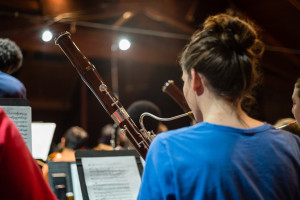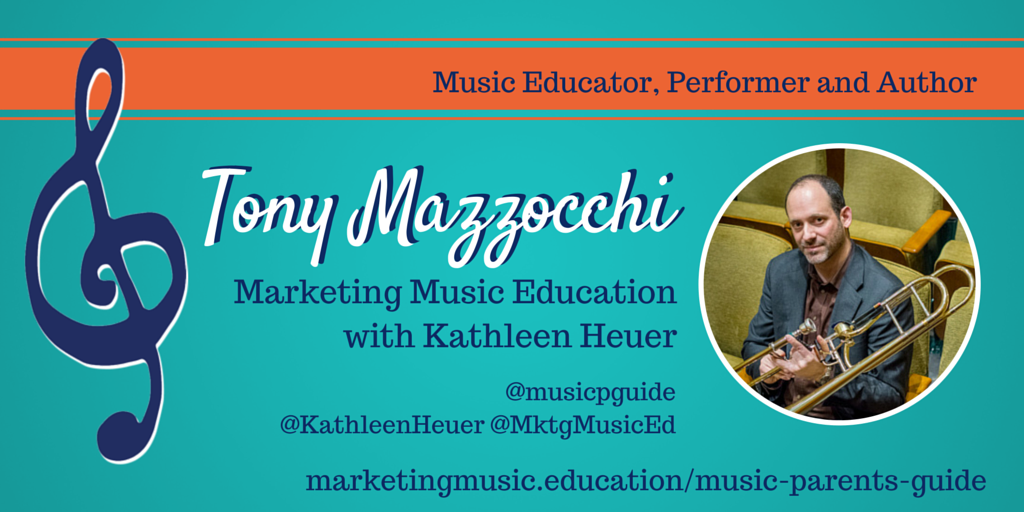 While there are some middle schools in our nation where the arts are a well-established cornerstone of curricula, there are far too many schools that provide little or no offerings. Although there are many challenges and constraints that can affect delivery of the arts in elementary schools, middle schools have more severe issues that need to be remedied before rich offerings can be provided.
While there are some middle schools in our nation where the arts are a well-established cornerstone of curricula, there are far too many schools that provide little or no offerings. Although there are many challenges and constraints that can affect delivery of the arts in elementary schools, middle schools have more severe issues that need to be remedied before rich offerings can be provided.
As opposed to elementary schools, middle schools are organized by teacher and by subject; no longer is one teacher teaching almost every subject in a class. Therefore, staffing and facilities issues are constantly present in secondary schools, especially considering the ever-looming budget cuts that seem to occur each and every year. The organization of middle school schedules, teacher-student ratios, and class time are enough to make a school community’s head spin as well — it is a complex system, there is no doubt.
Ultimately, there are a few common threads that make arts instruction difficult to deliver in secondary schools. Although there is more to it than listed below, here are four major issues that hold middle schools back from a rich arts curriculum:
Coordination. There is a serious lack of continuity in arts education between schools — even schools in the same district. Middle school teachers often have no idea about what students heave learned in elementary school — even with an “entrance exam” or other entry assessment. Some children will have accomplished a great deal in music; others in art and dance — others will have accomplished little. The tight schedules may force teachers to treat everyone as beginners in the first year of middle school at a time when, if they had effective communication between schools and adequate scheduling, some students could accomplish much more in their first year. In some arts disciplines, time lost in younger years is extremely difficult to replace. Many students who were not involved in creative ventures in elementary school can even become self-conscious about taking it up in middle school. This is certainly not their fault — it’s the school’s.
Time. Of course time is a major issue that comes up when discussing a rich and varied curriculum. Yet the arts are too often the first to get the shaft when it comes time for scheduling. Most of the time, arts scheduling is inappropriate, leading to a slow and painful death of the programming. Although I would much rather see something than nothing at all, small time allotment of arts instruction will seriously reduce the quality of work students are capable of producing. Great work in any subject — especially the arts — takes concentration, repetition, and time. Even worse, the sometimes week-long gaps between instruction is completely destructive, both to the program and to our children’s creative spirit. In this case, a huge part of each arts lesson period is spent picking up the pieces from the week before — it’s almost like moving backwards. Middle school children deserve large quantities of time to pursue the arts rigorously according to their passions; whether it be dance, drama, art, music, etc.
Space. The arts need unique facilities not only for the offerings to happen at all, but for the atmosphere to be ripe for creativity to take place. After all, science teachers have labs and physical education teachers have gymnasiums for this exact reason. Well-designed drama, music and art rooms provide a setting and a mood that allow the facilitation of great expressive work. I’m not saying that a room alone will ensure great quality, merely that a dedicated space that is thoughtfully designed raises students’ expectations and sets the tone for great work to be done. There are too many arts teachers in our schools who are treated like second-rate citizens where space is concerned; many who teach in hallways, closets, from a cart, or in a space from which they need to be dismissed from when “something more important” needs to occur. I believe the problem with space has less to do with a lack of it, and more to do with a lack of support towards the arts to begin with. Which brings me to:
The right attitude. School boards and administrators are the key to developing the right attitudes regarding arts instruction. It is they who determine whether the problems listed above will be fixed. The solutions to coordination, time and space for the arts lie in the attitudes of school leaders — period. Obviously, administrators’ views are affected by political views and community views, but there is a catch 22: how can parents see the value of the arts if schools only give mediocre (at best) support to them in the first place? It’s a vicious cycle, and it’s only when communities see great arts program in action that they truly understand the transformative effect it can have on their children.
Sadly, the problem with arts in middle schools all comes back to testing. The forms of assessment we are using in this country (all knowledge-based) are not compatible with what is achieved in the arts. What is tested is taught, and this greatly affects the arts in schools, whether it is the way they are taught, or if they are even offered at all. In many schools, the arts have suffered so long that it will take years, and a lot of money, to turn things around.
Some schools around the world have made great strides toward not only revitalizing the arts but also using them to reinvent their middle schools. This work takes leadership, innovation, and a strong unified vision of the arts being central to human growth and learning by all stakeholders in the school community. The arts should have a claim on a major part of curriculum time, school budget monies, rooms, materials, and staffing. At the end of the day, time and money are not sufficient excuses for depriving our children of the deeper facets of education.








Leave a Comment